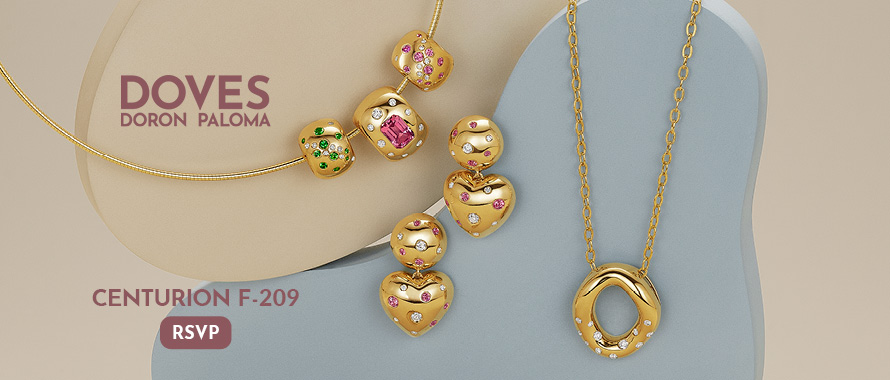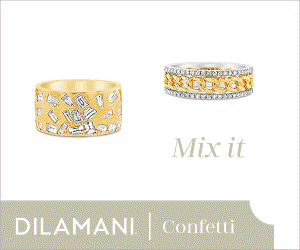Sales Strategy
How Luxury Brands Can Rebuild Trust and Craft a New Legacy May 30, 2025 (0 comments)

Hong Kong--Luxury brands are navigating a pivotal moment of reckoning. As highlighted in a LinkedIn article by Solomon HR Solution Limited, the industry faces a dual challenge: a global shift in consumer spending from luxury goods to experiences, and the fallout from recent revelations by Chinese manufacturers exposing the real sources of production behind many high-end products.
[Image via iStockphoto.com]
With consumer trust shaken and sales already taking a hit, the article underscores how brands' attempts to control the narrative, whether through glamorized videos of inexperienced artisans or lawsuits against Chinese OEMs, have only worsened the backlash.
Yet, as the article points out, this crisis could be an inflection point. By rethinking transparency, global collaboration, and storytelling, luxury brands have the opportunity not only to recover but also to redefine their place in a rapidly evolving market.
Turning the Crisis into an Opportunity
The article suggests that, while the situation is dire, it also presents an opportunity for luxury brands to reassess their narrative. Here are the key strategies outlined in the article:
1. Reframing the Narrative: Global Craftsmanship as a Strength
According to the post, brands should position Chinese manufacturing as a deliberate choice for its technical prowess, rather than a cost-cutting secret. The narrative could suggest that China's artisans, capable of building space stations and autonomous electric vehicles, are equally skilled in crafting high-end handbags.
However, brands must clarify that design, quality control, and materials remain core to the brand's identity, regardless of the manufacturing location.
2. Addressing the Artisanship Paradox
The article highlights a glaring contradiction: brands claiming to have only a few dozen in-house artisans, yet reporting billions in sales of leather goods. The article suggests introducing the concept of an "Artisan Network"—a global team of skilled craftspeople, including partners in China.
Transparency about the collaborative process, such as "Each bag involves 30+ hours of work across eight artisans," could help rebuild trust.
3. Collaborating Instead of Litigating
According to the article, brands should abandon non-disclosure agreement (NDA) lawsuits against Chinese manufacturers and instead pursue joint initiatives. A "Craftsmanship Integrity Initiative" could certify ethical practices and highlight fair wages and skills development, transforming the controversy into a positive collaboration. Limited-edition collections, such as "Heritage Editions," could further highlight this partnership.
4. Educating Consumers: A Process-Driven Approach
Consumers paying thousands for luxury goods deserve transparency. Including process breakdowns—via leaflets or QR codes—can help customers understand the craftsmanship involved, while also fighting counterfeits.
5. Celebrating a New Definition of Luxury
Brands should lean into cultural collaboration by launching Chinese-inspired collections and showcasing traditional techniques, such as Su embroidery or jade craftsmanship. This strategy not only appeals to Chinese consumers but also elevates the brand's global presence.
6. Offering Irreplaceable Value
The article highlights the importance of exclusive services, such as monogramming or special event access, tailored to Chinese consumers' national pride. For global consumers, brands can offer custom initials adorned with jade or embroidery. Campaigns like "Authenticity Matters" can also help dissuade customers from buying unauthorized goods.
Learn more in this article on LinkedIn.






